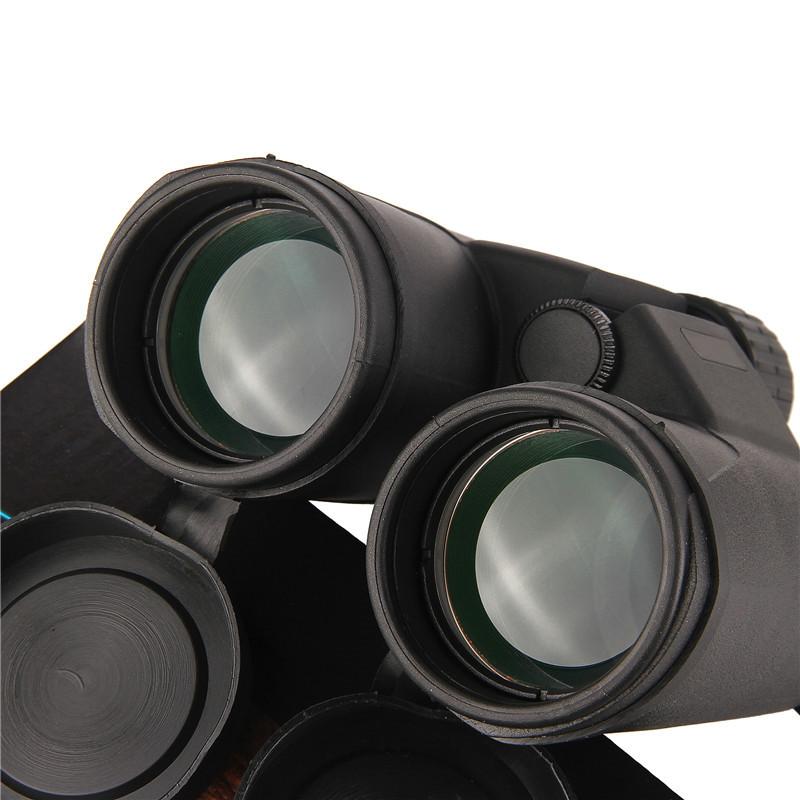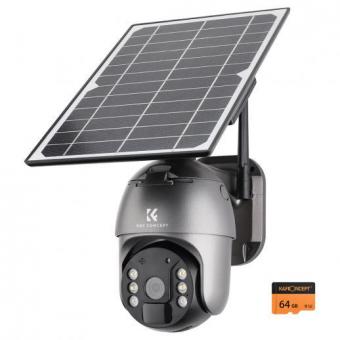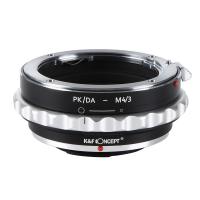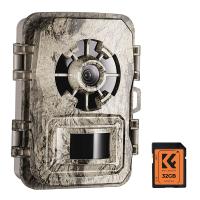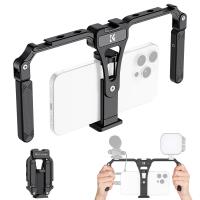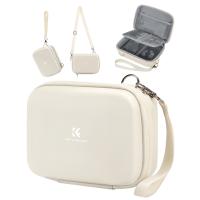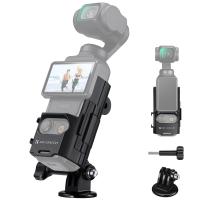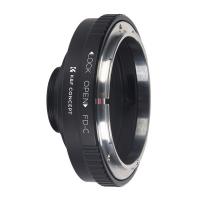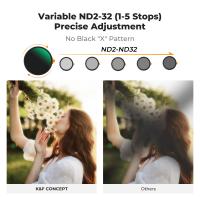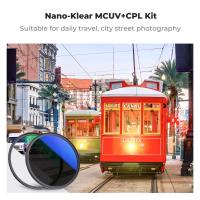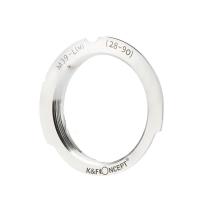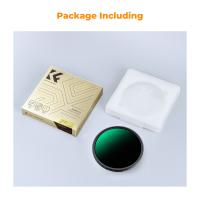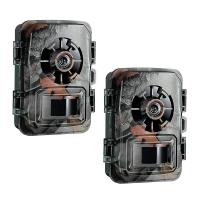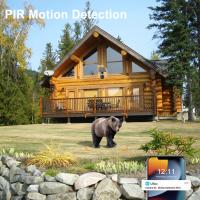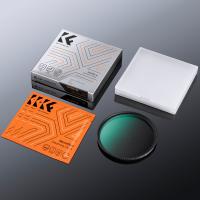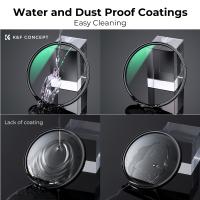What Binoculars Are Best ?
The best binoculars depend on the specific needs and preferences of the user. Factors to consider include the intended use (e.g., birdwatching, stargazing, hunting), magnification power, objective lens diameter, field of view, image quality, durability, and budget. Some popular and highly regarded binocular brands include Nikon, Zeiss, Swarovski, Leica, and Vortex. It is recommended to read reviews, compare specifications, and try out different models to determine the best binoculars for individual requirements.
1、 Optical Power and Magnification
When it comes to determining the best binoculars, one of the most important factors to consider is the optical power and magnification. These features determine the level of detail and clarity you can expect to see through the binoculars.
Optical power refers to the ability of the binoculars to gather light and provide a bright image. Binoculars with higher optical power will generally offer better image quality, especially in low-light conditions. This is particularly important for activities such as birdwatching or stargazing, where you may need to observe objects in dimly lit environments.
Magnification, on the other hand, determines how much closer the binoculars can make objects appear. Higher magnification can be beneficial for activities such as wildlife observation or sports events, where you want to get a closer look at distant subjects. However, it's important to note that higher magnification can also result in a narrower field of view and a shakier image, especially if you don't have a steady hand or are using the binoculars without a tripod.
The best binoculars in terms of optical power and magnification will depend on your specific needs and preferences. For general use, a good starting point is a pair of binoculars with 8x or 10x magnification and a larger objective lens diameter (around 42mm) for better light gathering. These specifications strike a balance between magnification and image stability, making them versatile for various activities.
It's worth mentioning that the latest advancements in binocular technology have led to the development of image stabilization features, which can help counteract hand tremors and provide a steadier view, even at higher magnifications. Some binoculars also incorporate low-dispersion glass or lens coatings to enhance image quality and reduce chromatic aberration.
Ultimately, the best binoculars for you will depend on your specific needs, budget, and personal preferences. It's recommended to try out different models and consult expert reviews to find the perfect balance of optical power and magnification that suits your requirements.

2、 Lens Diameter and Light Gathering Capacity
When it comes to determining the best binoculars, two important factors to consider are lens diameter and light gathering capacity.
Lens diameter refers to the size of the objective lenses, which are the ones farthest from your eyes. The larger the lens diameter, the more light the binoculars can gather. This is important because it directly affects the brightness and clarity of the image you see through the binoculars. Binoculars with larger lens diameters are generally better for low-light conditions, such as dawn or dusk, as they allow more light to enter the binoculars and reach your eyes.
Light gathering capacity is closely related to lens diameter. It refers to the ability of the binoculars to collect and transmit light to your eyes. Binoculars with higher light gathering capacity provide brighter and clearer images, especially in low-light situations. This is particularly important for activities like stargazing or birdwatching at dawn or dusk.
In terms of the latest point of view, advancements in lens technology have allowed manufacturers to produce binoculars with larger lens diameters without compromising on weight and portability. This means that you can now find binoculars with larger lens diameters that are still lightweight and easy to carry. Additionally, improvements in lens coatings have enhanced light transmission, resulting in brighter and sharper images.
Ultimately, the best binoculars for you will depend on your specific needs and preferences. If you frequently engage in activities in low-light conditions, such as wildlife observation or astronomy, binoculars with larger lens diameters and higher light gathering capacity would be ideal. However, if you prioritize portability and ease of use, you may opt for binoculars with smaller lens diameters that still offer good light gathering capacity.
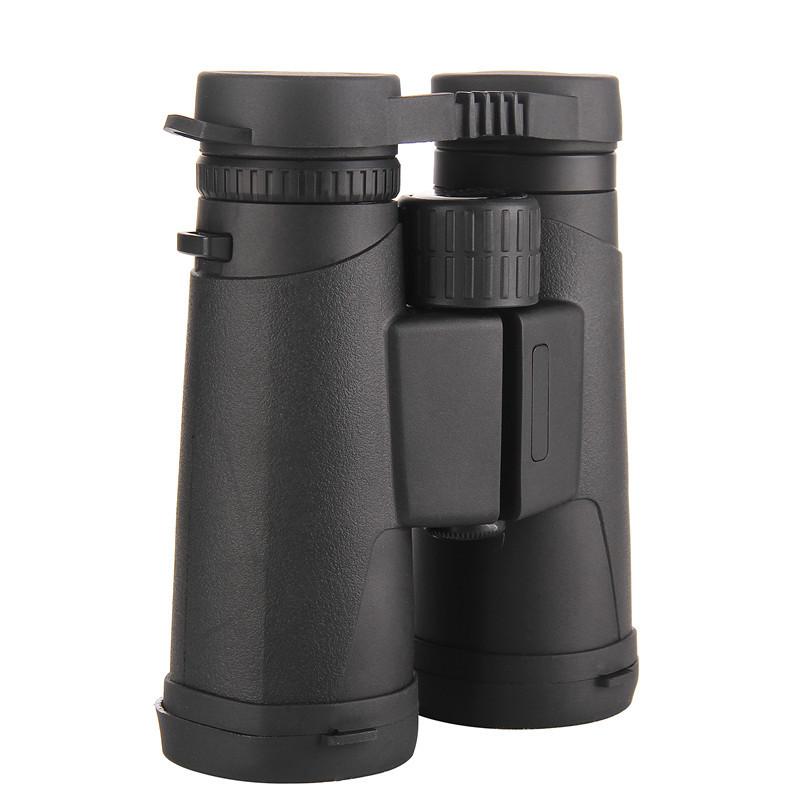
3、 Field of View and Image Stability
When it comes to determining the best binoculars, two important factors to consider are field of view and image stability.
Field of view refers to the width of the area that can be seen through the binoculars at a specific distance. A wider field of view allows for a larger area to be observed, making it easier to track moving objects or scan a landscape. This is particularly important for activities such as birdwatching or wildlife observation, where quick and accurate identification is crucial. Binoculars with a wider field of view provide a more immersive viewing experience and allow users to capture more details of their surroundings.
Image stability is another crucial aspect to consider. It refers to the ability of binoculars to minimize image shake or blur caused by hand movements. A stable image is essential for clear and comfortable viewing, especially when observing distant objects or during prolonged use. Binoculars with image stabilization technology, such as gyroscopes or electronic sensors, can compensate for hand movements and provide a steadier image. This feature is particularly beneficial for activities like stargazing or marine observation, where a stable image is essential for accurate observation.
In terms of the latest point of view, advancements in technology have led to the development of binoculars with improved field of view and image stabilization. Manufacturers are constantly striving to enhance these features, resulting in binoculars with wider fields of view and more effective image stabilization mechanisms. Additionally, some binoculars now offer adjustable field of view, allowing users to customize their viewing experience based on their preferences and specific needs.
Ultimately, the best binoculars are those that strike a balance between a wide field of view and effective image stabilization. It is important to consider the specific requirements of your intended use, as different activities may prioritize one factor over the other. Consulting expert reviews and trying out different models in person can help you find the binoculars that best suit your needs.
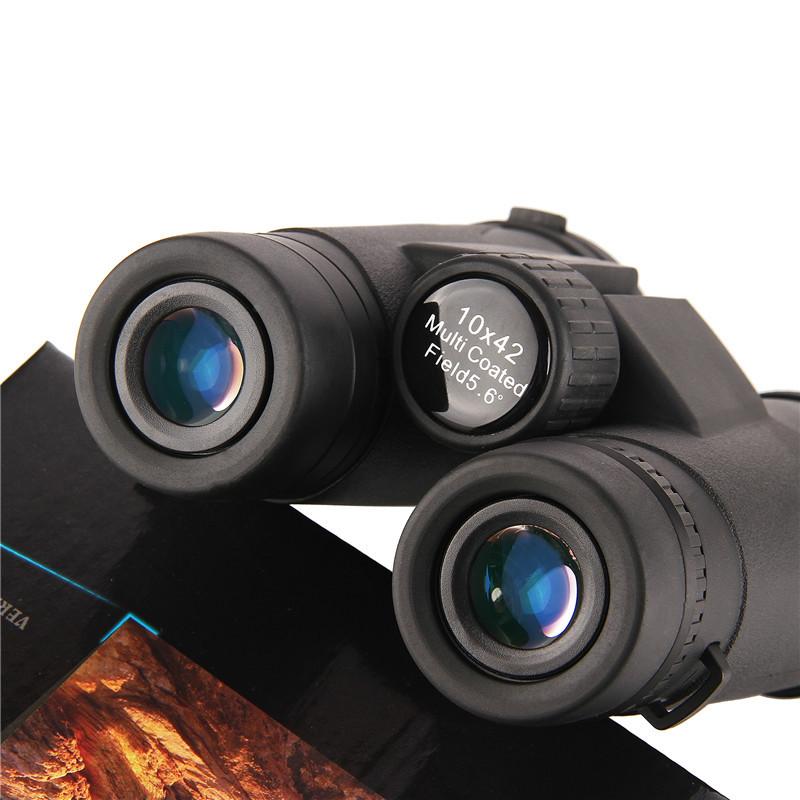
4、 Prism Type and Image Quality
When it comes to determining the best binoculars, two key factors to consider are the prism type and image quality. These aspects greatly impact the overall performance and user experience of binoculars.
Prism type refers to the type of prism used inside the binoculars to reflect and redirect light, allowing for a clearer and magnified view. The two most common prism types are Porro prisms and roof prisms. Porro prisms tend to offer a wider field of view and better depth perception, making them ideal for activities like birdwatching or stargazing. On the other hand, roof prisms are more compact and lightweight, making them suitable for activities that require portability, such as hiking or traveling.
Image quality is another crucial factor to consider. High-quality binoculars should provide sharp, clear, and true-to-life images. Factors that contribute to image quality include lens coatings, glass quality, and lens diameter. The latest advancements in lens coatings, such as anti-reflective coatings, can greatly enhance image brightness and reduce glare. Additionally, high-quality glass materials, like extra-low dispersion (ED) glass, can minimize chromatic aberration and deliver superior color accuracy.
It is important to note that the "best" binoculars can vary depending on individual preferences and specific use cases. For example, a birder may prioritize a wider field of view, while an astronomer may prioritize high magnification. Therefore, it is recommended to consider one's specific needs and preferences when selecting binoculars.
In conclusion, the best binoculars are determined by the prism type and image quality. The latest advancements in lens coatings and glass materials have significantly improved image quality, providing users with sharper and more vibrant views. Ultimately, the best binoculars are those that meet the individual's specific requirements and offer a satisfying viewing experience.
